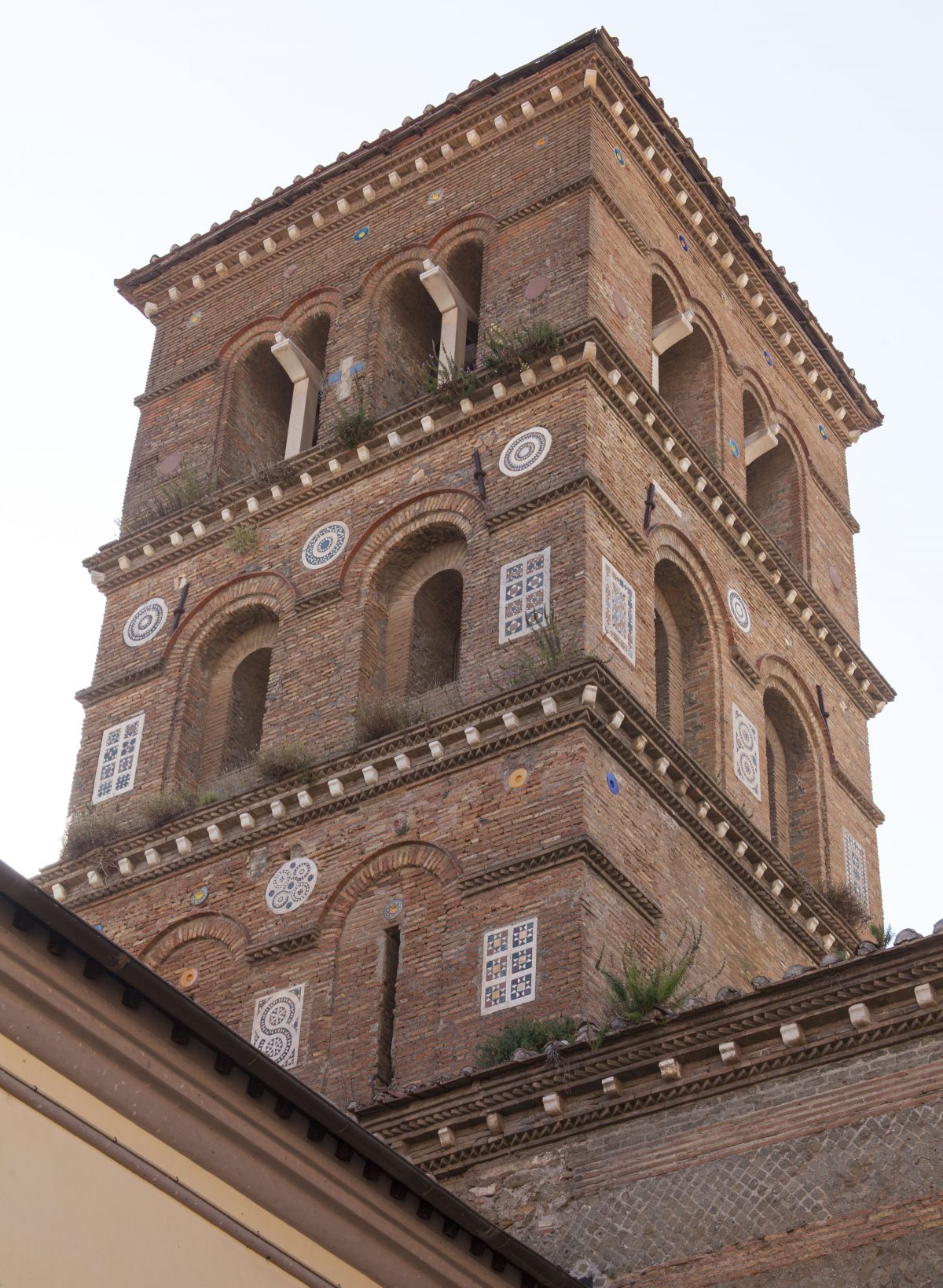In fact, tradition has it that in 768 some Greek nuns, who fled the persecution of the iconoclasts, brought the sacred image of the Madonna which is still venerated with devotion today and whose feast is celebrated every year on the first Sunday of August. The building, which on the outside has a square plan, inside has a circular plan made irregular by four large niches placed at the corners, which housed as many fountain basins, and is surmounted by a dome.
The latter has a central opening, which allowed the lighting of the central basin, where rainwater was collected. The Romanesque bell tower was built in 1316. The sanctuary was transformed several times, especially in the seventeenth and nineteenth centuries; its ancient splendor was restored by the 1938 restorations, which brought to light interesting finds such as a peperino altar, and other remains from the Severian age that are now preserved in an antique dealer located in the sacristy of the church.
The ancient Roman nymphaeum on which the church stands, in fact, was probably readapted as a spa under the government of Septimius Severus, to be used by the officers of the Second Parthian Legion; traces can also be found in the transformation of the mosaic floor decorated with sea monster motifs. Inside we emphasize the beauty of the Byzantine style icon of the Madonna and Child, located above the central altar, repainted in the 15th century; and other frescoes, such as that of the “story of the true cross” of the fourteenth century, and the one with Sant’Anna, San Giovanni and Sant’Ambrogio, attributed to Cavallini.
The altars of the Sanctuary are obtained from fragments of Roman marble entablatures of the third century AD. coming from the Severan camp. The church can be visited – with paid admission – by contacting the Civic Museums.


 Visit Castelli Romani
Visit Castelli Romani 

